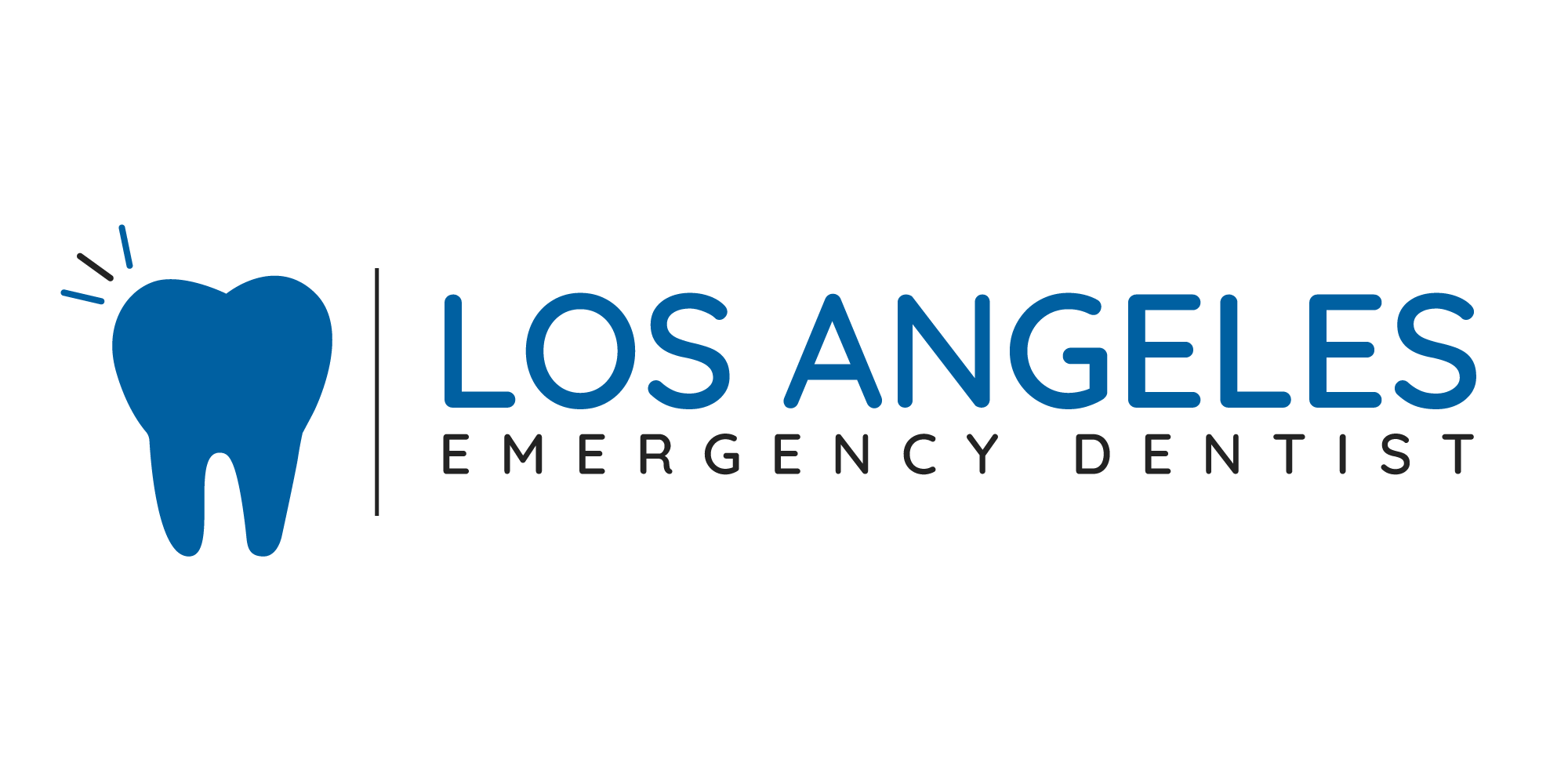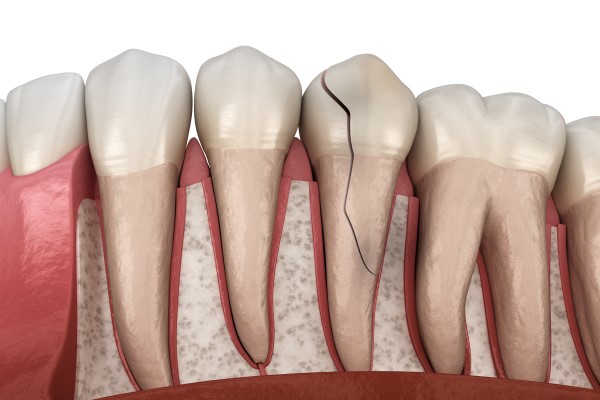A dental emergency, such as a broken, chipped, or knocked-out tooth, can be a frightening experience. Whether it’s caused by an accident, sports injury, or unexpected trauma, these types of dental injuries require prompt attention to minimize damage and increase the chances of successful treatment. In this blog, we’ll walk you through the steps you should take if you experience a broken, chipped, or knocked-out tooth, as well as how to protect your oral health while waiting for professional dental care.
What to Do If You Have a Broken or Chipped Tooth
A broken or chipped tooth is one of the most common dental injuries. While a small chip may not always require urgent care, a broken tooth can be extremely painful and may cause further damage if not addressed quickly. Here’s what to do if you find yourself with a broken or chipped tooth:
1. Rinse Your Mouth With Warm Water
Start by rinsing your mouth gently with warm water to clean the affected area. This helps remove any debris and reduces the risk of infection. Avoid using cold water, as it could cause sensitivity or discomfort if your tooth is cracked.
2. Apply a Cold Compress
If you are experiencing swelling or pain, apply a cold compress to the outside of your mouth or face. The cold will help reduce swelling and numb the area, offering temporary relief. Be sure to wrap the ice or cold pack in a cloth to prevent direct contact with your skin and avoid frostbite.
3. Save Any Fragments of the Tooth
If a piece of your tooth has broken off, save the fragment and bring it with you to your dentist. In some cases, your dentist may be able to reattach the broken fragment or use it to restore the tooth.
4. Protect the Broken Tooth
If the broken tooth has sharp edges, it can cut the inside of your mouth or gums. To protect yourself from further injury, cover the broken area with dental wax or sugar-free gum. This will act as a temporary shield until you can see your dentist.
5. Seek Professional Care Immediately
A broken or chipped tooth should be seen by a dentist as soon as possible. If the break is severe, causing pain, or affecting the tooth’s structure, the dentist will evaluate the extent of the damage and determine the best treatment. This might include dental bonding, a crown, or, in more severe cases, a root canal if the pulp is damaged.
What to Do If You Have a Knocked-Out Tooth (Avulsed Tooth)
A knocked-out tooth, also known as an avulsed tooth, is a dental emergency that requires immediate action. Prompt treatment can increase the chances of successfully reattaching the tooth. Here’s what to do if you have a knocked-out tooth:
1. Handle the Tooth Carefully
If the tooth has been knocked out, hold it by the crown (the white, chewing surface) and avoid touching the root. Touching the root can damage delicate tissues that are necessary for reimplantation.
2. Rinse the Tooth Gently
If the tooth is dirty, rinse it gently with water. Avoid scrubbing it, as this can damage the root or remove essential tissues. Do not use soap or chemicals to clean the tooth, as this can further harm the root surface.
3. Try to Reinsert the Tooth
If possible, try to gently reinsert the tooth back into its socket. Position it carefully and bite down gently to hold it in place. If you can’t reinsert the tooth, don’t force it—moving too quickly or incorrectly could cause further damage.
4. Keep the Tooth Moist
If you cannot reinsert the tooth, it’s essential to keep it moist. You can store the tooth in a container with milk, saliva, or a special tooth-preservation solution (available at most pharmacies). Avoid storing the tooth in water, as this can damage the root cells.
5. Get to the Dentist Immediately
A knocked-out tooth should be treated by a dentist within 30 minutes to an hour to increase the likelihood of successful reattachment. The dentist will examine the tooth and its socket to determine if reimplantation is possible. If the tooth cannot be reimplanted, your dentist may recommend other treatment options such as a dental implant, bridge, or partial denture.
What Are the Risks of Delayed Treatment?
It’s important to seek dental care as soon as possible after any dental injury. Delaying treatment can lead to several complications, including:
- Infection: Broken or chipped teeth may expose the tooth’s inner layers, which increases the risk of infection. A knocked-out tooth, if left untreated, can also become infected if bacteria enter the socket.
- Permanent Damage: The longer a broken or knocked-out tooth is left untreated, the more difficult it may be to restore it to its original condition. In some cases, the tooth may need to be extracted if it cannot be saved.
- Loss of Function: A missing or broken tooth can affect your ability to chew and speak properly. It’s essential to address the issue promptly to avoid these functional problems.
What Can a Dentist Do to Fix a Broken, Chipped, or Knocked-Out Tooth?
Dentists are skilled at treating broken, chipped, or knocked-out teeth, and they have a variety of methods for restoring damaged teeth. Treatment depends on the severity of the injury and the location of the tooth.
1. Dental Bonding
For minor chips or fractures, dental bonding may be used to restore the shape and appearance of the tooth. This is a quick and non-invasive procedure where the dentist applies a tooth-colored resin to the damaged area and hardens it with a special light.
2. Dental Crowns
If the break is more severe, a dental crown may be necessary. Crowns cover the entire tooth and restore its shape, function, and appearance. Crowns are especially useful for back teeth that endure more pressure from chewing.
3. Root Canal Treatment
If the tooth’s pulp is damaged, a root canal may be necessary. During this procedure, the dentist removes the damaged pulp, cleans the root canals, and fills them with a material to prevent further infection.
4. Tooth Reimplantation
For a knocked-out tooth, a dentist may attempt to reinsert and reattach the tooth. If the tooth is successfully reimplanted, a splint may be placed to stabilize the tooth during the healing process. In some cases, a root canal may be performed to ensure the tooth remains viable.
5. Dental Implants or Bridges
If a tooth cannot be saved, your dentist may recommend a dental implant or bridge to replace the missing tooth. Implants are surgically placed into the jawbone, while bridges use adjacent teeth to support a replacement tooth.
Preventing Dental Injuries
While accidents can happen, there are steps you can take to reduce the risk of dental injuries:
- Wear a Mouthguard: If you play contact sports, wearing a mouthguard can help protect your teeth from trauma.
- Be Cautious with Hard Foods: Avoid chewing on hard foods like ice or hard candy, which can crack or chip your teeth.
- Practice Safe Driving: Always wear your seatbelt, as car accidents are a common cause of dental injuries.
Final Thoughts
Experiencing a broken, chipped, or knocked-out tooth can be a traumatic experience, but knowing what to do in these situations can make a big difference. Prompt action can improve the chances of saving your tooth and preventing further complications. Whether you’ve had a minor chip or a serious injury, it’s essential to seek professional care as soon as possible to ensure the best outcome for your dental health.
If you’ve experienced a dental emergency, contact our emergency dental office in Los Angeles right away for expert care and guidance.


